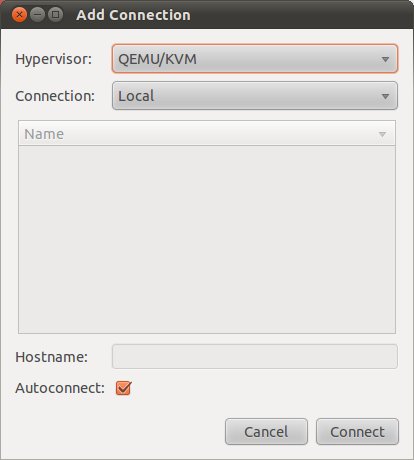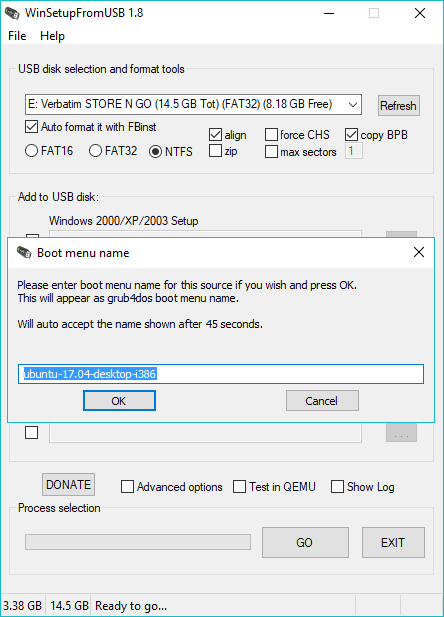

- ADD FILES TO QEMU SYSTEM HOW TO
- ADD FILES TO QEMU SYSTEM INSTALL
- ADD FILES TO QEMU SYSTEM WINDOWS 10
- ADD FILES TO QEMU SYSTEM ISO
It should start up and you can proceed to install the OS. \.qcow2 -m 512 -net nic,model=virtio -net user -cdrom.
ADD FILES TO QEMU SYSTEM ISO
iso resides): qemu-system-x86_64 -accel whpx -hda. After that, restart the computer and type this command in the powershell (in the directory where the image and. Go to Windows Features and tick Windows Hypervisor Platform. Although I did get it working for whatever reason and after a Windows update, it just stopped working.🤔 Note that HAXM can only be used on Windows Enterprise/Pro/Education so I'm not going to introduce it here. It took me more than an hour to install Ubuntu 16.04 without the accelerator.įor Windows, there are two options: HAXM and whpx. When starting the VM, you would want to use an accelerator, or else it is going to take a lot of time installing the OS. Now you can create an image by typing qemu-img create -f qcow2.
ADD FILES TO QEMU SYSTEM HOW TO
Here's the youtube video that taught me how to do this. Add Qemu path to environment variables settingsĬopy the Qemu path (should be C:\Program Files\qemu if you didn't change anything) and open environment variables settings by Right click on "This PC" -> Properties -> Advanced system settings -> Environment Variables.Ĭlick on path once and click "Edit.". Now you might see that it does not recognize the command. After installing Qemu, open Windows Powershell and type qemu-img.

Type “Power shell ” in the windows search bar and open the PowerShell: Open the PowerShell by typing it in the search bar of the window. It is not compulsory to make a folder in Documents, I made it here because of my ease. Copy the ISO file from where it is downloaded and make a folder in the documents by the name of ISO and save there. Paste the copied address and Click on the “ OK” button on all of the opened windows:įirst we will download the ISO of Ubuntu 20.04 from the official website of Ubuntu. Now click on the “Environmental variables”:Ĭhoose the “Path” and double click on it: Now open the properties of “This PC” and go to the “Advanced system settings”: Now we will go to “This PC> Drive C>Program files>QEMU” folder, and copy the path address: Once the installation is finished a “Finish” button will appear on the screen, click on it: Start the setup by clicking on the “ Next” button:Īccept the agreement by choosing the “I Agree” button:Īssign the location where you want to install the setup and then choose the “Install” button: Select the language and click on the “OK” button: We will go to the folder where the downloaded file has been downloaded and will run the exe file. Now we will run the exe file for the QEMU 64-bit: We will select the 64-bit or 32-bit according to our system requirement. To install the QEMU we will go to the official site of QEMU and download the Windows version. We can run QEMU to install Ubuntu or any other relevant software. Qemu is an open source virtual machine host app which can be used to emulate different operating systems on the host operating system. This article is associated to how we can run QEMU on Windows. For this purpose we have a Qemu which we can install to run other operating systems. To run it parallel we need to install the virtual machine.
ADD FILES TO QEMU SYSTEM WINDOWS 10
Installing some software which is only supported by Ubuntu but I have the Windows 10 operating system, what should I do ? Instead of removing windows 10 and then again installing Ubuntu to run that specific software we can run both operating systems parallel.


 0 kommentar(er)
0 kommentar(er)
